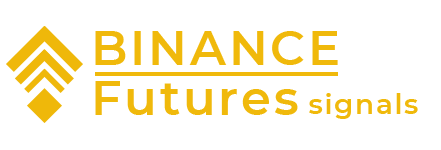AAVE is a well-known decentralized finance (DeFi) project. Viewed as one of the most promising DeFi projects, AAVE is focused on making loans with cryptocurrencies with the help of a simple interface and under a scheme that hopes to revolutionize the financial sector.
AAVE, formerly ETHLend, was originally dedicated to offering decentralized loans with guarantees in cryptocurrencies. However, the platform has evolved over the years as a result of the common evolutionary force that has engulfed the world of cryptocurrency. Today, AAVE is not just a crypto loan platform but provides a wide variety of services as a DeFi platform powered by multiple tools to ease the delivery of decentralized finance. In this article, we’ll go through all that you need to know about AAVE, including its protocol, how it works, and the services it offers among others.
TOP 10 telegram crypto signal channels
AAVE, the pioneer of DeFi on Ethereum
Launched as ETHLend in 2017 after a successful ICO that raised $17 million, the AAVE project has moved its platform forward to provide various DeFi services. The original idea was to create a decentralized loan market, to serve both borrowers and lenders. That is, some want to lend in exchange for interest from borrowers. In this case, those borrowing (mostly day traders) had to provide guarantee collateral to prevent defaults. Traders often use crypto buy signals to decide on what crypto asset to borrow. The collaterals were flexible, which made AAVE widely popular, particularly among traders who were looking for crypto loans that would serve to leverage their positions and obtain better profits.
Today, AAVE has transformed its loan system to one based on liquidity markets, where prices are calculated based on the availability of assets in said market.
How the AAVE system works
Based on the system of smart contracts, AAVE offers financial solutions to users. The platform is decentralized, hence does not take users through a traditional centralized process to receive financial services like loans. When a borrower studies their crypto signals, say Bitcoin signals, they can use that knowledge to identify a cryptocurrency to borrow for future profit.
Here, users can lend and borrow a variety of digital assets, mostly ETH, BAT, DAI, USDC, and MANA among others. For example, if your crypto signal provider has provided you with signals that a specific crypto signal will be bullish, you can use the collateral in the form of another crypto assets you own on the platform to borrow the preferred digital asset with a prospective bullish market.
Interest Rates and collateral
Interest rates at AAVE are varied, but as a lender you can earn up to 11.25% per annum, which is still higher than the centralized traditional financial service providers. The annual percentage yield (APY) is not fixed but changes over the year based on the market conditions. The prices within the AAVE platform are defined algorithmically taking into account the demand and supply of assets. Assets with high demand have a lower supply on the AAVE market, hence attracts a higher interest rate.
When a borrower wants ETH, they can use DAI or any other asset on the platform as collateral. It means that a user can access specific digital assets without necessarily owning them. On returning the borrowed asset, the borrower will get their collateral back in the original form or any other agreed crypto.
Final thoughts
From the AAVE workings, it is clear that the platform aims to create an algorithmic loan market where users can invest money in pools to create liquidity and create a loan platform with various collaterals. It means that users can lend each other digital assets, in favor of liquidity for borrowers and interest for lenders. The platform adjusts to the needs of its users and that of different markets. So if you want to be a liquidity provider, all you need to do is invest your money in the pools within AAVE. On the other hand, if you want to borrow specific digital assets, all you need to do is provide a guarantee and borrow an equivalent asset you want. In most cases, the interest charged is much lower than the traditional market interest rates.


